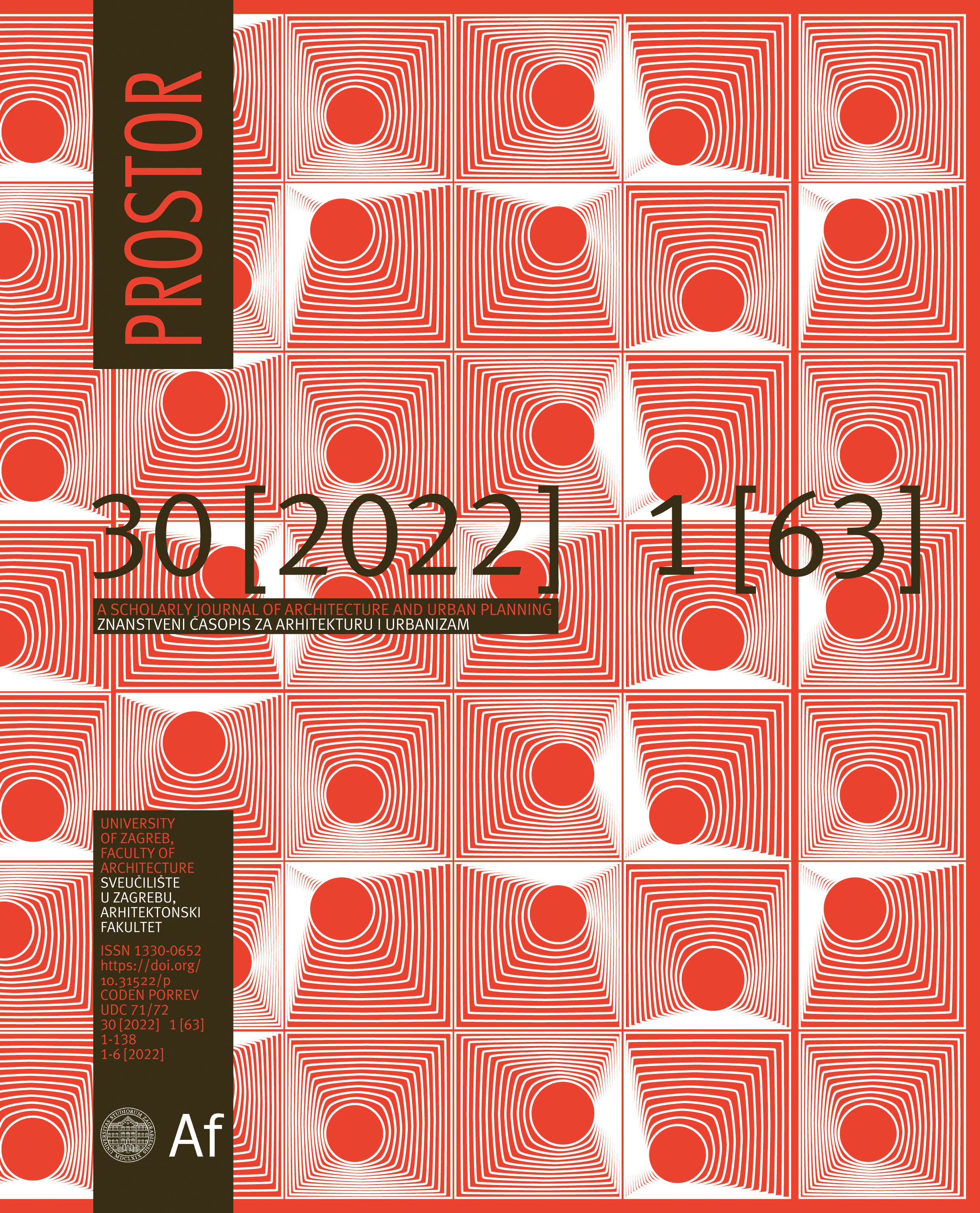Universal Design Principles Applied in Museums’ Historic Buildings
DOI:
https://doi.org/10.31522/p.30.1(63).9Keywords:
Accessibility , adaptation, Exhibition, Graz Museum Schlossberg, inclusion, universal design principlesAbstract
Museums represent an architecturally multifaceted typology. Regardless of their variant focus, their current task is to provide an opportunity for cultural, educational, and exploratory experience for all. The accessibility of the physical environment is important, but so is the accessibility of the perception of the exhibition. This paper deals primarily with spatial and design qualities, which determine the degree of inclusion in museums. The principles of Universal Design (UD) are considered in this regard; therefore, the article reviews means of applying these principles in museums theoretically, and also practically, through on-site evaluation using checklists. Specifically, solutions beneficial for inclusion are examined in an outstanding example, the Graz Museum Schlossberg, which demonstrates many inclusive principles.
The aim of the article is to support suitable ways to implement UD in museum architecture with a historical background, one which would meet the needs of the largest possible range of visitors and preserve the historical value of architecture. Beneficial ideas from theory and practice should also be applicable in the future and are commented on in the article.
Downloads
Published
How to Cite
Issue
Section
License
Copyright (c) 2022 Natália Filová, Lea Rollová, Zuzana Čerešňová

This work is licensed under a Creative Commons Attribution 4.0 International License.
Copyright (c) 2021 authors and journal.
This work is licensed under a Creative Commons Attribution 4.0 International License.
Authors who publish with this journal agree to the following terms:
In agreeing this form, you certify that:
- You read the ethical codex of the PROSTOR available at journal web.
- You submitted work is your original work, and has not previously been published and does not include any form of plagiarism.
- You own copyright in the submitted work, and are therefore permitted to assign the licence to publish to PROSTOR.
- Your submitted work contains no violation of any existing copyright or other third party right or any material of an obscene, libellous or otherwise unlawful nature.
- You have obtained permission for and acknowledged the source of any illustrations, diagrams or other material included in the work of which you are not the copyright owner.
- You have taken due care to ensure the accuracy of the work, and that, to the best of your knowledge, there are no false statements made within it.
- All co-authors of this submitted work are aware of, and in agreement with, the terms of this licence and that the submitted manuscript has been approved by these authors.







